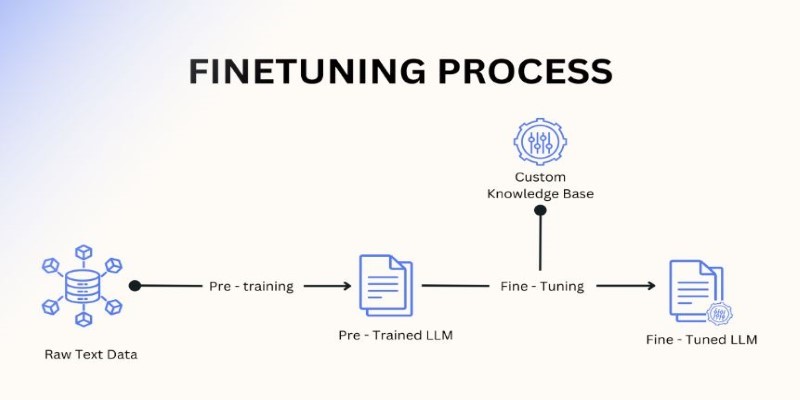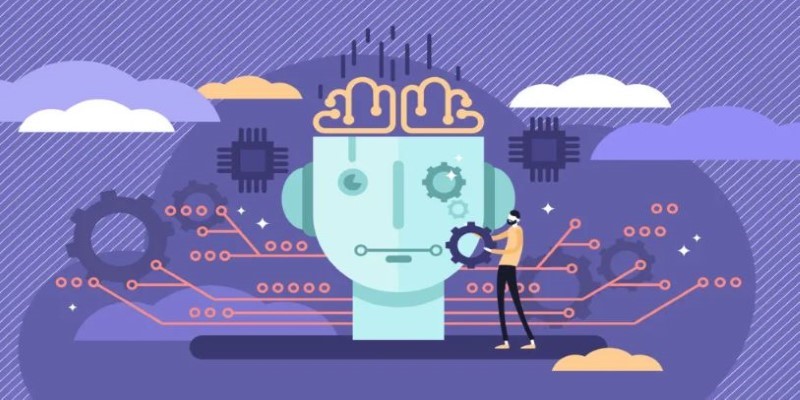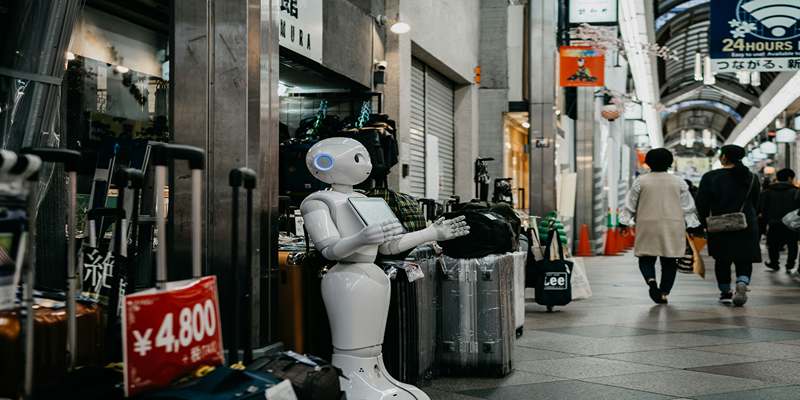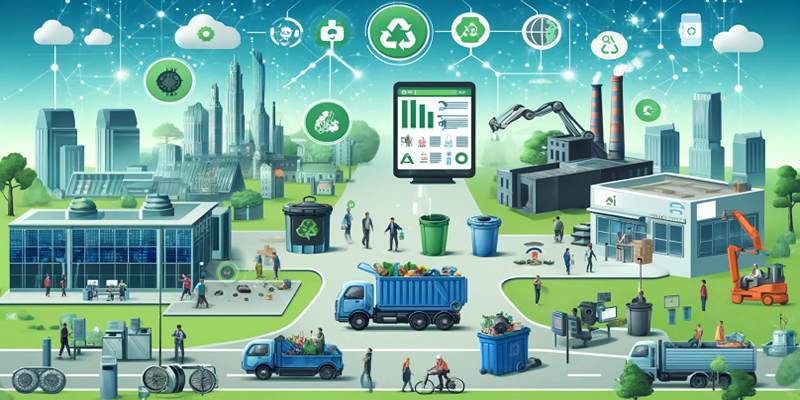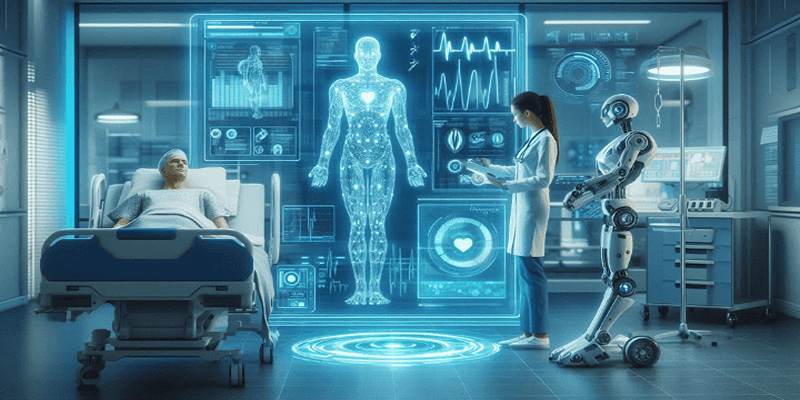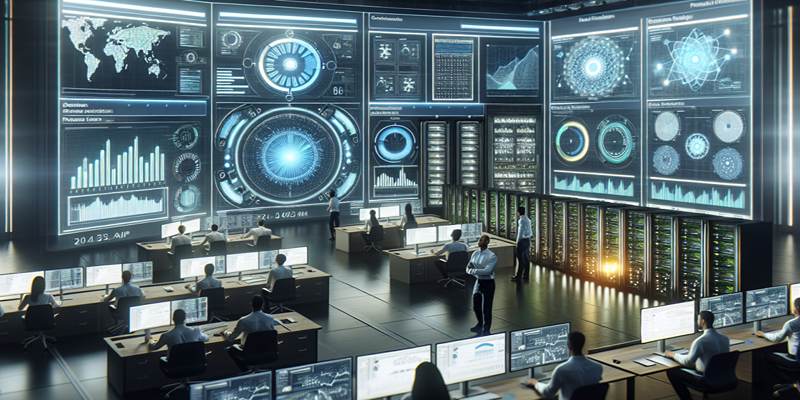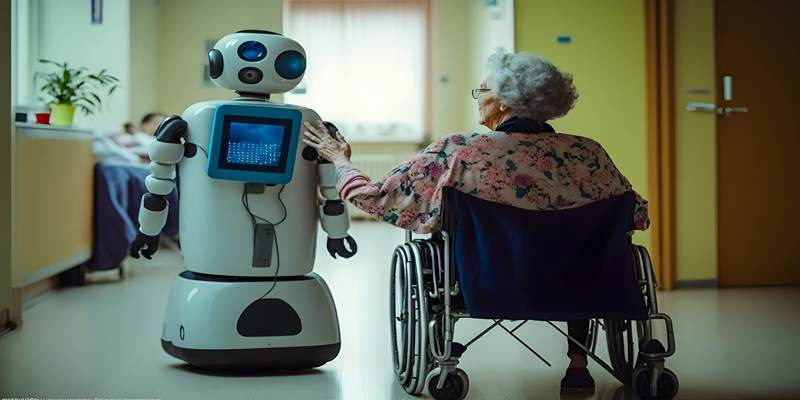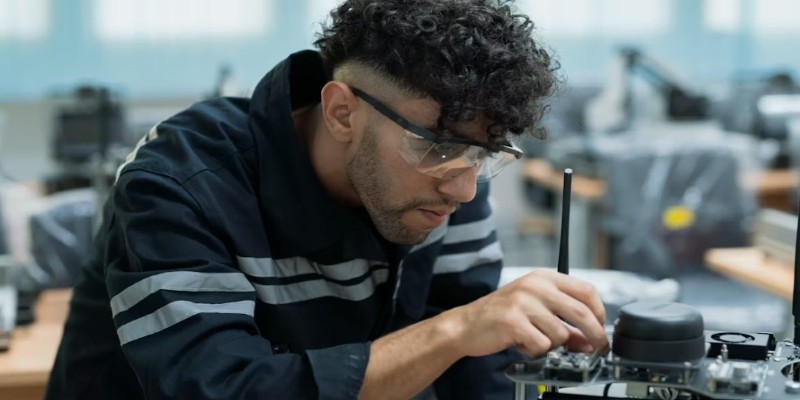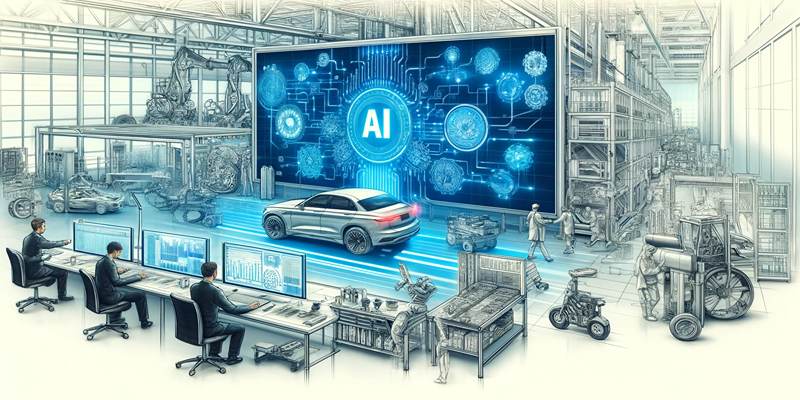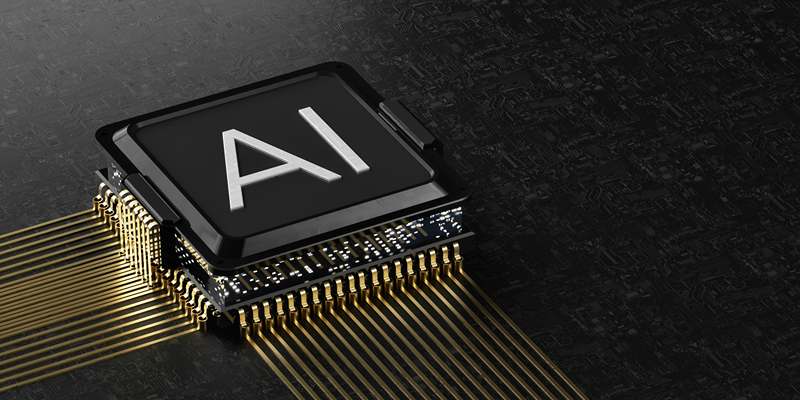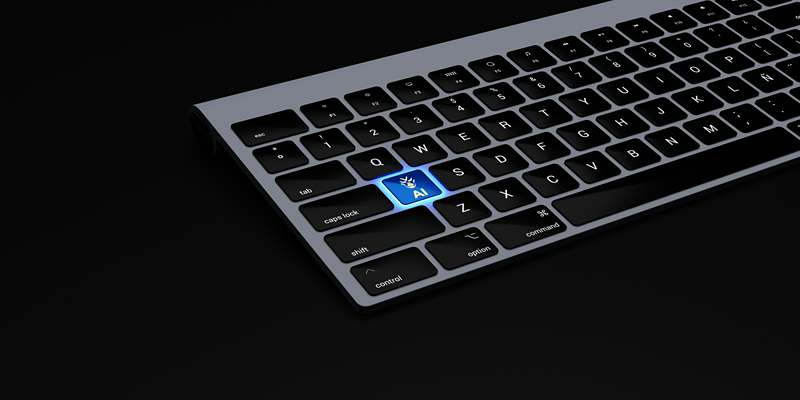Artificial Intelligence (AI) is making its mark across various industries, and the construction sector is no exception. It is known for its complexity, labor-intensive processes, and high-risk environments, and construction is now leveraging AI to solve long-standing challenges. From reducing workplace accidents to improving project timelines, AI is steadily transforming how construction projects are planned and executed.
Construction companies, both large and small, are investing in AI-powered tools to make job sites safer and more efficient. By using AI for real-time monitoring, predictive analysis, robotics, and resource management, businesses can achieve more reliable outcomes with fewer delays and incidents.
What AI Means for Construction
When smart technologies that act like humans are used in building, this is called AI. These systems look at data, find patterns, and decide what to do to help with or do certain chores automatically. AI can keep an eye on how workers act, how well equipment is working, the surroundings, and project timelines on construction sites.
It is often used with other technologies, like robotics, drones, IoT devices, and wearable tech, to get a full picture of building work. The objective is to cut down on direct control and boost speed, safety, and accuracy.
Improving Safety Standards with AI
One big benefit of AI in construction is that it can make the workplace safer. Accidents and injuries happen a lot on construction sites, making them some of the most dangerous places to work in the world. Now, AI tools are being used to help lower these risks through real-time alerts and planned ways to stop them before they happen.
Real-Time Safety Monitoring
AI systems that are driven by cameras and sensors can look over job sites to find unsafe behavior or conditions. These technologies can tell when workers aren't wearing the right safety gear when they're moving in restricted areas or when there are problems like poor lighting or shaky surfaces.
For example, AI can immediately notify supervisors if a worker is near moving machinery without a safety vest or helmet. This type of immediate intervention reduces the time between risk detection and response, potentially saving lives.
Predictive Analytics to Prevent Accidents
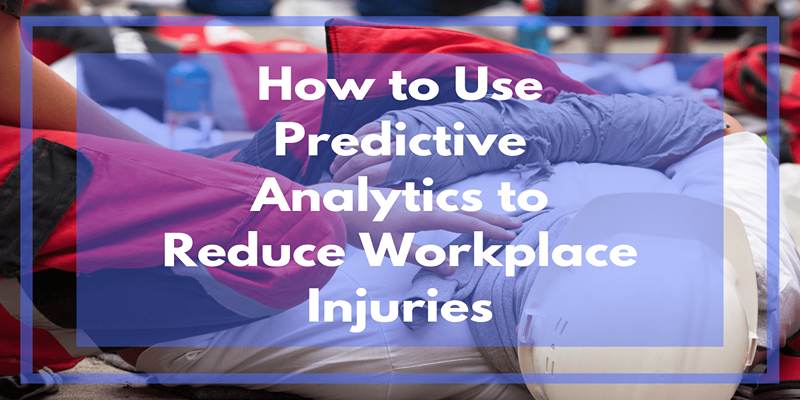
AI doesn’t just respond to current risks—it also predicts future ones. By analyzing past safety reports, weather conditions, and operational patterns, AI systems can identify trends that often lead to accidents.
Key predictive safety uses include:
- Identifying zones with a history of falls or injuries
- Highlighting peak accident hours during the day
It helps companies allocate safety resources more effectively and proactively plan for high-risk situations.
Wearable AI Devices
Construction workers can wear AI-enabled smart gear that monitors their body temperature, heart rate, posture, and location. These devices can alert them and supervisors if signs of exhaustion, overheating, or unsafe movement are detected. Such technology not only protects workers but also ensures compliance with safety protocols across the site.
Boosting Efficiency with AI in Construction
Efficiency is critical in construction, as delays and cost overruns can negatively impact project timelines and budgets. AI helps improve efficiency by automating routine tasks, optimizing project scheduling, and providing insights for better decision-making.
AI in Project Planning and Scheduling
AI can analyze large datasets to generate more accurate project schedules. By taking into account factors like material availability, labor resources, and weather conditions, AI can help construction managers create realistic timelines and avoid delays. This predictive capability ensures that projects stay on track and within budget. Moreover, AI can help prioritize tasks, ensuring that the right resources are available at the right time. This optimized scheduling reduces downtime and prevents inefficiencies in the workflow.
Robotics and Automation in Construction Tasks
The use of AI-powered robots in construction is becoming more common. These robots can perform tasks like bricklaying, welding, and painting, which would typically require human labor. By automating these repetitive and time-consuming tasks, AI robots free up workers to focus on more complex tasks that require human expertise.
Data-Driven Insights for Decision-Making
AI tools can analyze construction data to provide valuable insights that improve decision-making. Machine learning algorithms can identify trends in project performance, helping construction managers identify areas where improvements can be made.
For example, AI can analyze equipment usage and identify inefficiencies, such as machines that are not being used optimally. This information can help managers make data-driven decisions about equipment allocation, reducing waste and maximizing productivity.
Smart Monitoring and Communication
AI also enhances site management by enabling better monitoring and communication between teams.
Drone Surveillance and Site Mapping
AI-integrated drones are increasingly used to survey job sites. These drones capture high-resolution images and data, which are processed using AI to detect progress, track inventory, or identify potential issues. Drones provide real-time updates, eliminating the need for manual inspections and ensuring that decision-makers have accurate information.
AI-Based Project Management Systems
AI project dashboards collect data from all site activities—equipment usage, employee attendance, supply levels—and compile it into meaningful insights. Managers can use this data to make informed decisions about workflow, staffing, or budgeting. It reduces paperwork and manual data entry, improving overall productivity.
Real-World Applications of AI in Construction
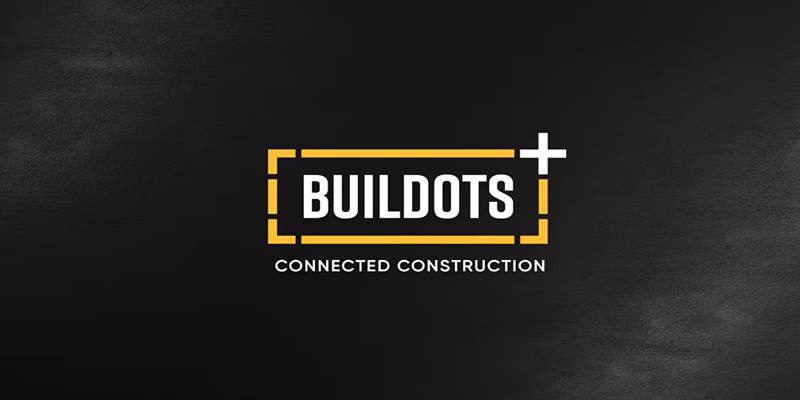
Many companies have already started using AI to transform their construction operations.
- Buildots uses AI with helmet-mounted cameras to track progress and compare it with digital blueprints.
- Smartvid.io applies AI to video footage to detect safety violations automatically.
- Boston Dynamics’ Spot Robot performs autonomous site inspections and collects data to update construction models.
These examples show that AI is not a future trend but a present-day solution already delivering value.
Conclusion
AI is rapidly transforming the construction landscape by making job sites safer and more productive. It empowers companies to detect risks early, prevent accidents, streamline operations, and optimize resources. Through automation, real-time monitoring, and intelligent planning, AI is helping construction firms stay ahead in a competitive market. While challenges to adoption remain, the benefits far outweigh the hurdles. With thoughtful implementation and a commitment to innovation, AI can lead the construction industry into a more secure and efficient future.
